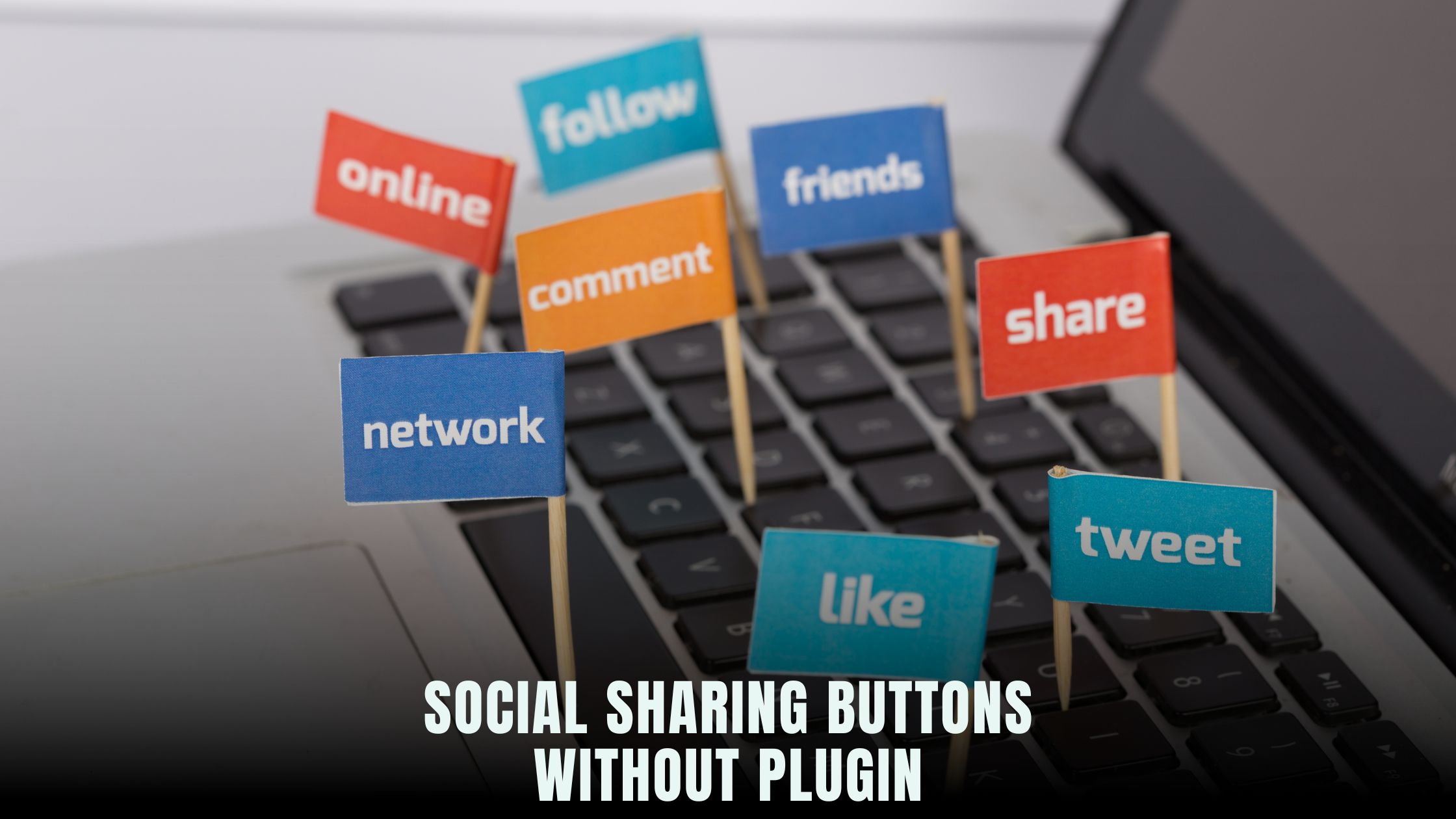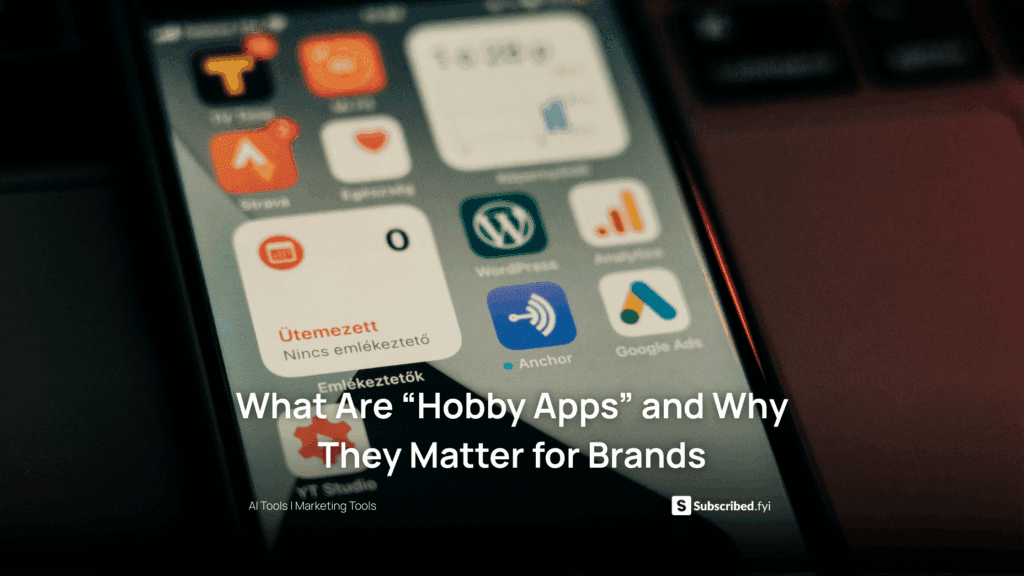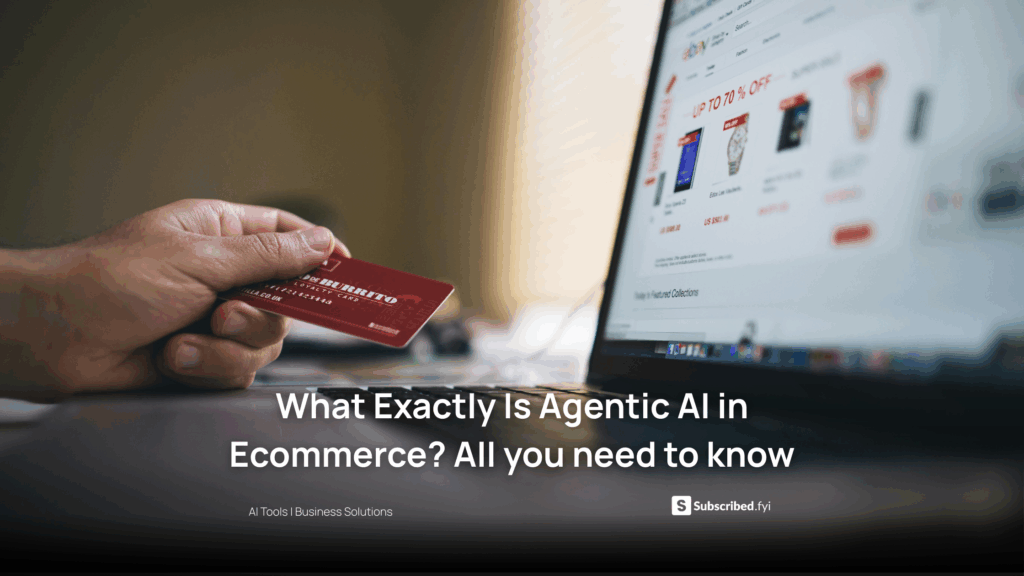How to Add Social Sharing Buttons Without a Plugin?
- WebOps Platforms Bug Tracking & Feedback Software Web Development & Design Website Builder


Adding social sharing buttons to your website can dramatically increase engagement and drive new visitors, but plugins often bloat your site and slow down load times. Instead, you can manually integrate share buttons with simple HTML, CSS, and Open Graph meta tags—or use AI-powered no-code builders like Hostinger Horizons to automate the process. With Hostinger Horizons, a quick chat command generates both meta tags and button snippets, which you can publish with a single click.
You don’t need to hire a developer or install dozens of plugins to let users share your content on Facebook, Twitter, LinkedIn, or WhatsApp. By leveraging hand-coded snippets or AI-generated components, you maintain lean, fast-loading pages. This guide covers every step—from setting Open Graph tags to designing mobile-friendly buttons—so you can enable social sharing in minutes without sacrificing performance or style.
Why Ditch Plugins for Manual or AI-Driven Integration?
Speed and Performance
Plugins often load extra JavaScript and CSS that your site doesn’t need, dragging down page speed. By embedding only the specific code for sharing buttons and meta tags, you keep your pages lightweight and responsive.
Brand-Aligned Design
Plugins typically offer fixed button styles that may not match your site’s aesthetic. Manual integration or AI-powered builders like Hostinger Horizons let you customize colors, sizes, and hover effects to align perfectly with your branding.
Enhanced Security and Reliability
Every plugin adds another dependency that can become outdated or insecure. Reducing reliance on third-party plugins lowers your risk. Hostinger Horizons further ensures reliability with automatic updates, global CDN hosting, and 24/7 expert support.
Why Manual Integration Beats Plugins
Performance Gains
Plugins often load extra scripts and styles, increasing page weight and slowing load times. Manual integration lets you include only the code you need—improving speed and overall user experience.
Greater Customization
With direct control over HTML and CSS, you can match share buttons precisely to your brand’s color palette, typography, and spacing standards. You’re no longer limited to generic plugin skins.
Enhanced Security
Minimizing third-party dependencies reduces your site’s attack surface. By embedding only necessary snippets—whether hand-coded or AI-generated—you lower the risk associated with outdated or unmaintained plugins.
Social Sharing Basics
At its core, social sharing hinges on two elements:
- Share URLs: Links that open a social platform’s share dialog with your page URL and optional text.
- Metadata: Open Graph tags in your HTML head that specify how shared links appear—defining the title, description, and preview image.
Understanding these components allows you to build share functionality anywhere on your site, whether inside blog posts, product pages, or a floating sidebar.
Setting Up Open Graph Meta Tags
Open Graph tags tell social networks exactly what headline, summary, and image to use when someone shares your page. Place these tags in your page’s <head> section:
- og:title – The shareable title of your page.
- og:description – A concise summary that entices clicks.
- og:image – A URL to the image shown in link previews.
- og:url – The canonical URL of the page.
- og:type – Typically “website” or “article.”
After adding these tags, test with the Facebook Sharing Debugger to ensure your data is pulled correctly. This step clears caches and updates preview snapshots.
Crafting Share Links for Major Platforms
Each social network has its own URL scheme:
- Facebook: Opens a share dialog for any URL.
- Twitter: Lets you prefill tweet text and hashtags.
- LinkedIn: Shares your page as a post on users’ feeds.
- WhatsApp: Sends a message with your URL to contacts.
- Email: Opens a mail client with prefilled subject and body.
By combining these URLs with your page’s dynamic data—pulled via JavaScript or server-side templating—you can generate share links that always point to the current page, complete with custom messages and tags.
Designing and Styling Your Share Buttons
- Icons: Use scalable SVG icons from libraries like Simple Icons for crisp visuals and minimal file size.
- Layout: Display buttons inline, in a grid, or as a floating sidebar to match your UX needs.
- Colors & Hover Effects: Match button backgrounds to each platform’s brand color (e.g., Facebook blue, Twitter light blue) or adapt shades from your own palette. Use smooth CSS transitions for hover states.
- Accessibility: Ensure each button has an
aria-label(e.g., “Share on Facebook”) and meets contrast requirements for readability.
This level of control guarantees buttons that look and behave consistently across devices, without the overhead of plugin code.
Enhancing User Experience with JavaScript
While basic links work fine, JavaScript can improve UX:
- Popup Windows: Open share dialogs in small popups instead of redirecting the entire page.
- Dynamic Share Counts: Fetch and display real-time counts for added social proof.
- Loading Indicators: Show a spinner or fade effect while the share dialog loads, keeping the interface smooth.
For those who prefer no-code, Hostinger Horizons offers chat prompts like “add share popups and dynamic counts” to weave these enhancements into your app without manual scripting.
Mobile-First Design Considerations
With more than half of web traffic on mobile, your share buttons must be touch-friendly:
- Touch Targets: Make buttons at least 44×44 pixels to meet accessibility guidelines.
- Responsive Wrapping: Use flexible grids or flexbox to adjust the number of buttons per row at different breakpoints.
- Sticky Elements: Consider a sticky share bar that stays visible as users scroll, boosting click-through rates.
Hostinger Horizons automatically previews layouts across devices, so you can tweak your mobile experience in real time.
Testing, Tracking, and Optimization
A/B Testing
Experiment with button colors, placements, or calls to action (“Share” vs. “Spread the Word”) and measure results with tools like Google Optimize or the native A/B modules in Hostinger Horizons.
Analytics Tracking
Add UTM parameters to share links (e.g., ?utm_source=twitter&utm_medium=social&utm_campaign=share_buttons) to see which platforms drive the most traffic and conversions in Google Analytics.
Heatmaps and Session Replays
Platforms like Windsurf visualize where users click. Use these insights to refine button placement and layout for maximum engagement.
Continuous testing and data-driven tweaks ensure your sharing features evolve alongside user habits and social network updates.
Streamlining with Hostinger Horizons
Hostinger Horizons brings manual best practices into an AI-powered workflow. A single chat command—“generate Open Graph tags and share buttons for Facebook, Twitter, LinkedIn, and WhatsApp”—injects the correct meta tags into your <head> and provides styled HTML snippets ready for embedding. You can instantly preview share flows in the real-time sandbox, adjust styling prompts, and publish to your custom domain with SSL and CDN delivery all in one click.
Beyond buttons, Horizons supports over 80 languages, image uploads for meta previews, and continuous performance monitoring—making it the fastest, most reliable path to adding social sharing without plugins.
Real-World Example: A Solopreneur’s Journey
Consider a freelance writer who wants readers to share articles seamlessly. Using Hostinger Horizons:
- She chats, “create share buttons and meta tags for article pages.”
- Horizons injects Open Graph tags and provides four share button snippets styled to her site’s theme.
- She drops the snippets into her article template and previews them in mobile and desktop views.
- One click later, the updated pages go live—no plugin installation or custom code.
Within an hour, her articles now sport fast, secure share buttons that boosted social referrals by 40% in the first week.
Future-Proofing Your Social Integration
To keep your share buttons working flawlessly:
- Monitor Network API Changes: Social platforms occasionally update share URL parameters.
- Adopt Progressive Enhancements: Add new networks or formats (e.g., Mastodon, Telegram) as they gain popularity.
- Modularize Button Components: Use reusable code blocks or AI chat prompts so updates propagate globally.
This proactive approach ensures your social sharing remains seamless as the digital landscape evolves.
Empowering Your Audience to Share
By manually adding share buttons or using Hostinger Horizons’ AI-driven automation, you achieve a perfect blend of performance, customization, and simplicity. Removing plugin overhead and controlling every aspect of your share integration results in faster load times, cohesive branding, and robust security. Empower your readers to share your content—and watch your site’s reach grow organically across social networks.
Relevant Links
- Hostinger Horizons
- Simple Icons
- Facebook Sharing Debugger
- Google Optimize
- Google Analytics
- Windsurf
- Vibe Coding Directory
- AI-Powered Website Builders





